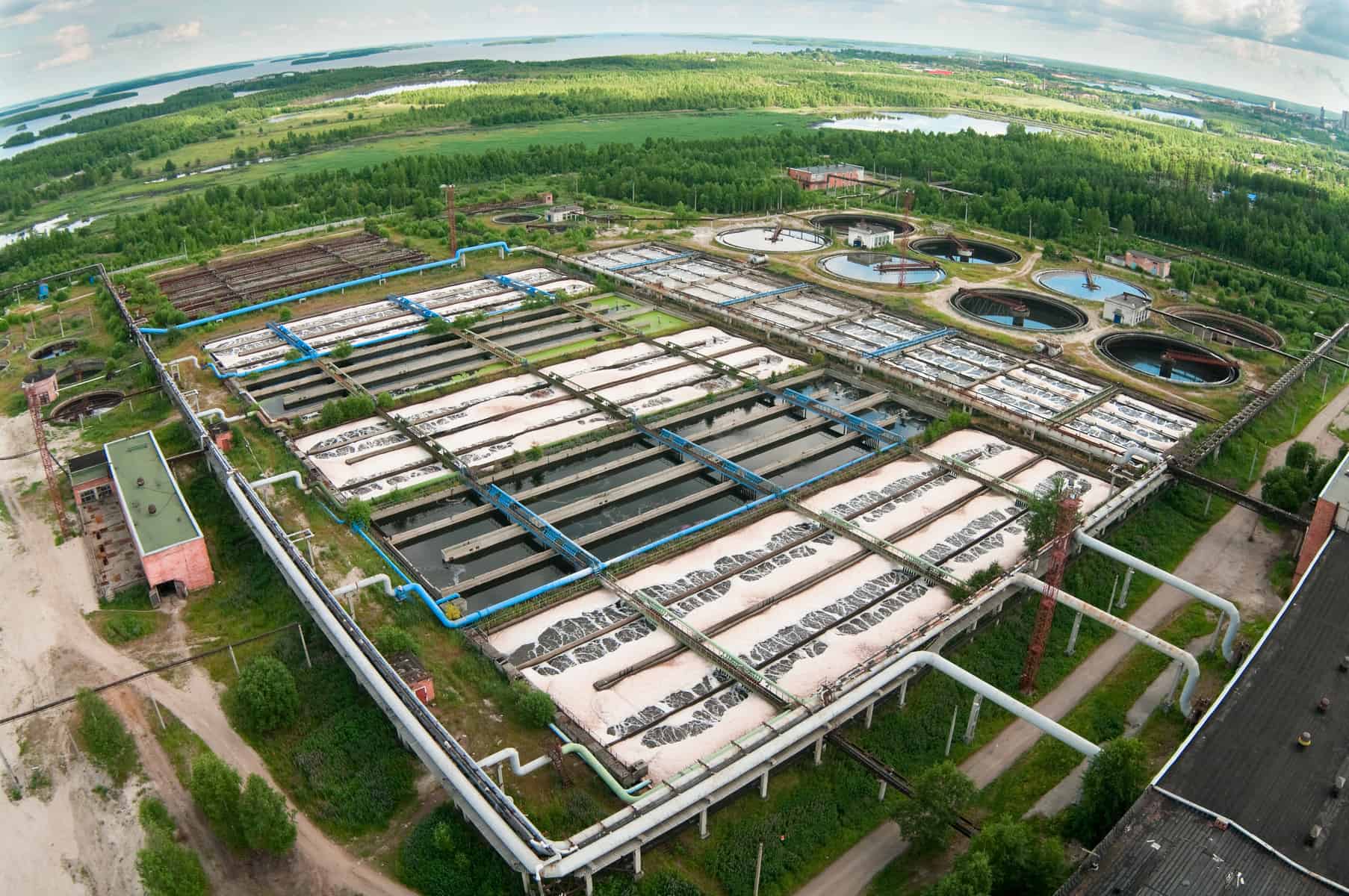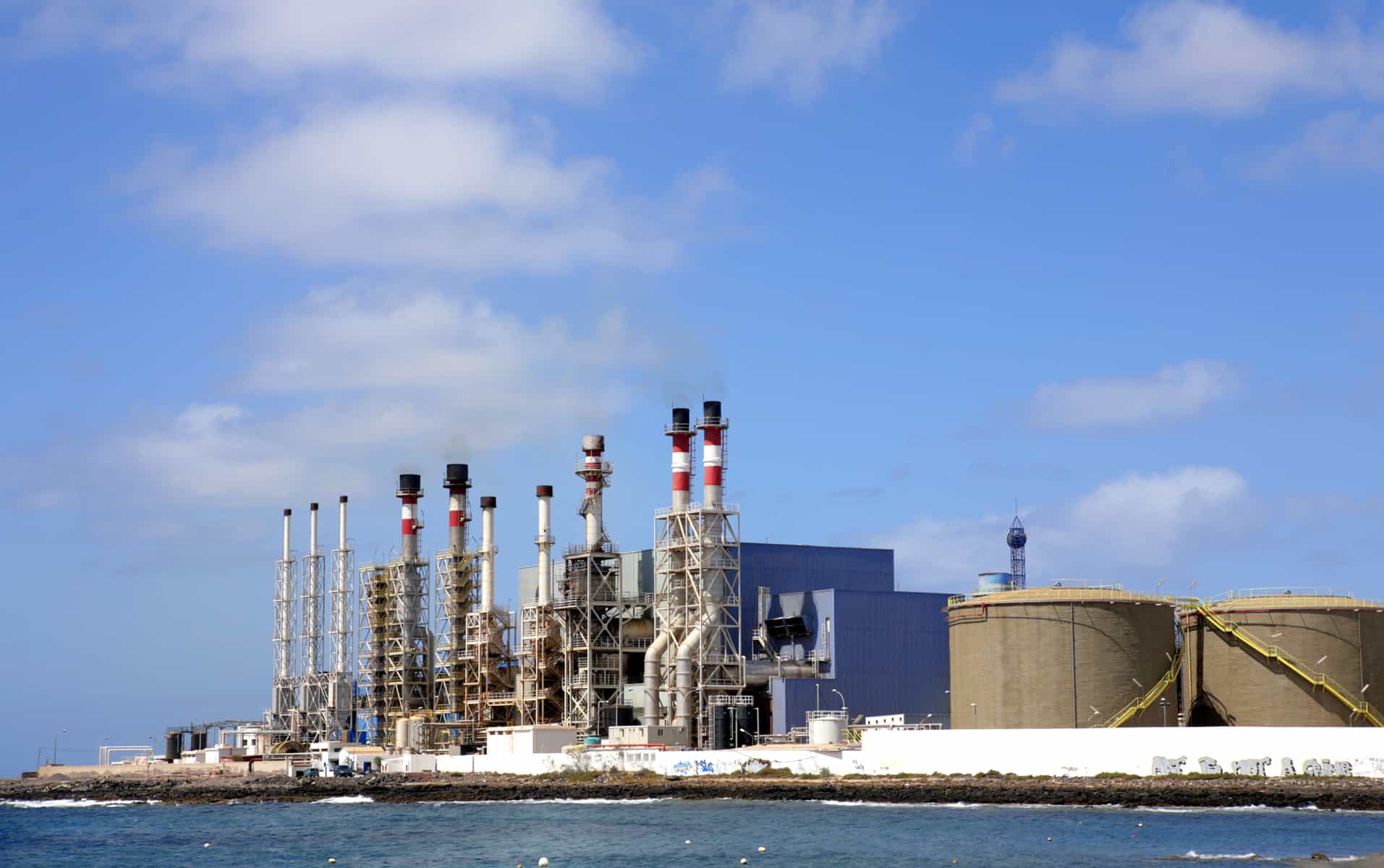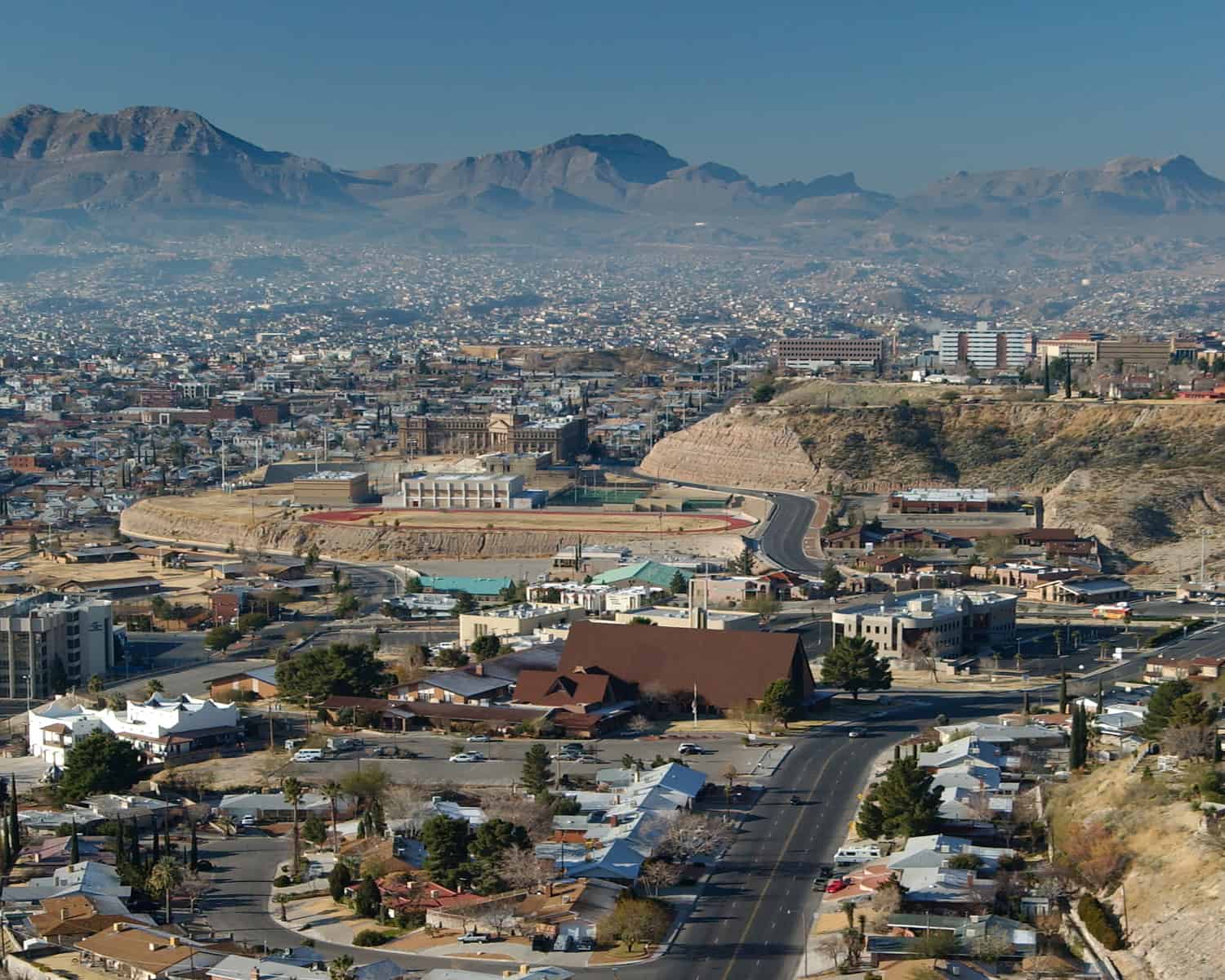Heating

While the energy needs for pumping and treatment are significant, heating water at the end of the pipe—in our homes and businesses—uses even more energy. Because water requires so much energy for heating and hot water serves many useful purposes, such as disinfecting and sterilizing equipment at hospitals, washing dishes at home, and providing comfort through steam heating or warm bathing, heating consumes more than any other requirement.
Including end uses drives up the total energy consumed for water dramatically. Dr. Kelly Twomey Sanders’s research indicates the United States consumed 13 EJ (12.3 quadrillion Btu (quads)) of energy just for water and steam services in 2010. That year, the United States consumed 104 EJ (98.0 quads) of primary energy, which makes water directly responsible for about 13% of consumption. Generating steam for indirect purposes, such as process heating, space heating, and electricity generation, consumed an additional 36 EJ (34 quads). Roughly 35% of all energy consumed annually is for boiling water at power plants to make steam that spins turbines to make electricity.
Of the 13 EJ (12.3 quads) consumed for direct water services and steam use, slightly over 20% heats water in homes and businesses. On-site water pumping in the residential sector pales in comparison to that of the industrial and commercial sectors. Smaller residential water systems for most single-family residences use the prevailing pressure of the water distribution network, so they do not use pumps. Conversely, tall residential buildings require pumps to elevate water to tanks at the top of each building, after which gravity feeds it to individual apartments. Large industrial facilities also require large quantities of energy to move water around on-site.
As a nation, the United States uses more energy for water than for lighting, so the energy embedded in water is enough to care. The Natural Resources Defense Council and Pacific Institute referred to this phenomenon as “energy down the drain” in their landmark 2004 report for California. Because water is so energy intensive, water conservation is a significant pathway to energy conservation.


